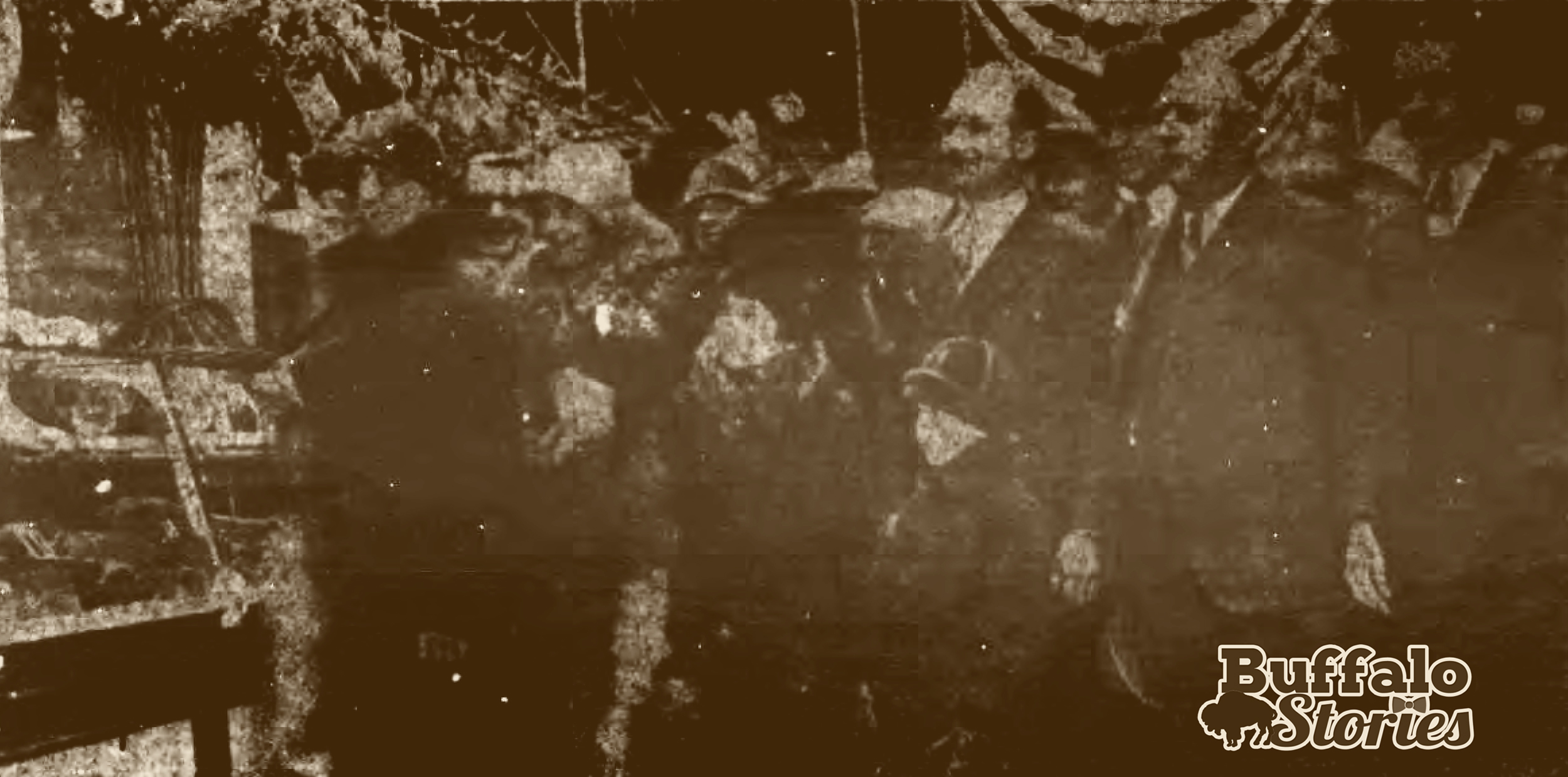 By Steve Cichon
By Steve Cichon
steve@buffalostories.com
@stevebuffalo
When James L. Barton established the Black Rock Post Office in 1817, the Village of Black Rock was bigger than its neighbor to the south, the Village of Buffalo.

Barton’s father was partner with Peter Porter in the firm Porter & Barton, which established the Black Rock port as a center of trade and commerce. Black Rock was an early favorite as the terminus of the Erie Canal, especially with Peter Porter serving in Congress at the time the negotiations were happening in the early 1820s.

When the canal came to Buffalo instead, the younger Barton created a partnership with Judge Samuel Wilkerson, who was the champion in Buffalo’s canal efforts. Barton used both Buffalo and Black Rock harbors to create an early shipping monopoly along the Niagara River.
As postmaster, Barton had a somewhat captive retail audience to look at his wares.
The early pioneers of what is now Black Rock, Buffalo’s upper West Side and North Buffalo would have had to pick up their mail at the Black Rock Post Office, which moved several times through the years as different men were named postmaster.
When this building at the corner of Niagara Street and Auburn Avenue was the Black Rock Post Office, it was the home and office of Dr. Morgan G. Lewis. Aside from being postmaster, Lewis was also a physician, health inspector and village treasurer. As a colonel in the U.S. Army, Lewis also helped negotiate peace treaties with 13 Native American tribes near the Brazos River in Texas, including the Comanche, Waco and Wichita in 1846.
Lewis was, according to his obituary in The Advocate, “a leading man in the part of the city where he resided, and highly respected wherever he was known.” It’s assumed that the post office moved from this spot when he died in 1858.












